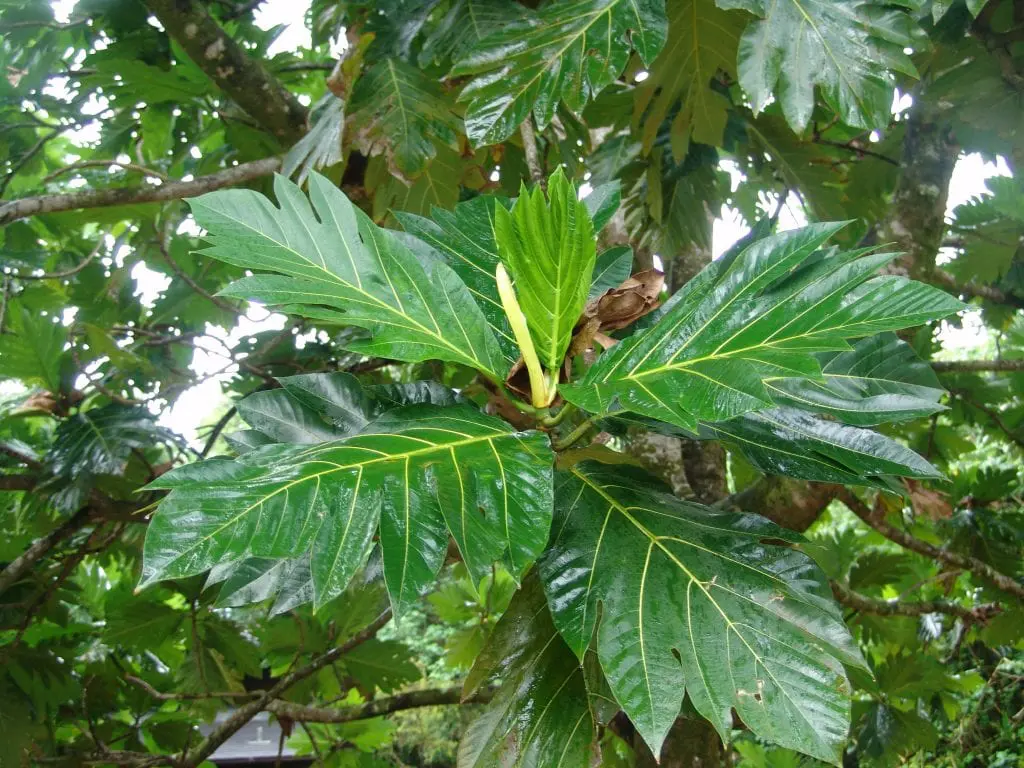Plants, as living beings, need to drink but also eat, since if they only did one of the two things they would soon dry up. To prevent this from happening to them, from the first moment the seeds germinate and emit their own roots, they absorb the water and the nutrients dissolved in it in order to grow.
But what exactly do plants eat? If you are curious, then I will answer your question.
Plants, to survive, grow and develop, need water and food , and they do this thanks to their roots and leaves. The former, as we have already mentioned, absorb the water and the nutrients that are dissolved in it from the soil, which will be transported through the conductive vessels to the stems, branches and finally to the leaves. Of this “food” we could say that it is a “raw food” (technically known as crude sap), that is, that it is a food that cannot yet be useful to them. For it to be, photosynthesis must occur.
What is photosynthesis? It is a process by which the leaves are able to transform the energy of the Sun into food. They do this thanks to chlorophyll, which is the characteristic green pigment of plant beings. Thus, with oxygen plus light, combined with raw sap, what they get are carbohydrates, sugars and other salts that will help them grow, flourish, bear fruit and, ultimately, stay alive.

The most interesting thing about this is that during the process they expel oxygen , the gas on which animals, including people, depend so much. It is therefore curious that while plants eat, the rest of us can breathe. But be careful, don’t make the mistake of thinking that they don’t need oxygen: plants breathe 24 hours a day: they have to if they don’t want to die of suffocation. For this reason, I will never recommend spraying the leaves or watering them on top, since doing so would clog the pores.
